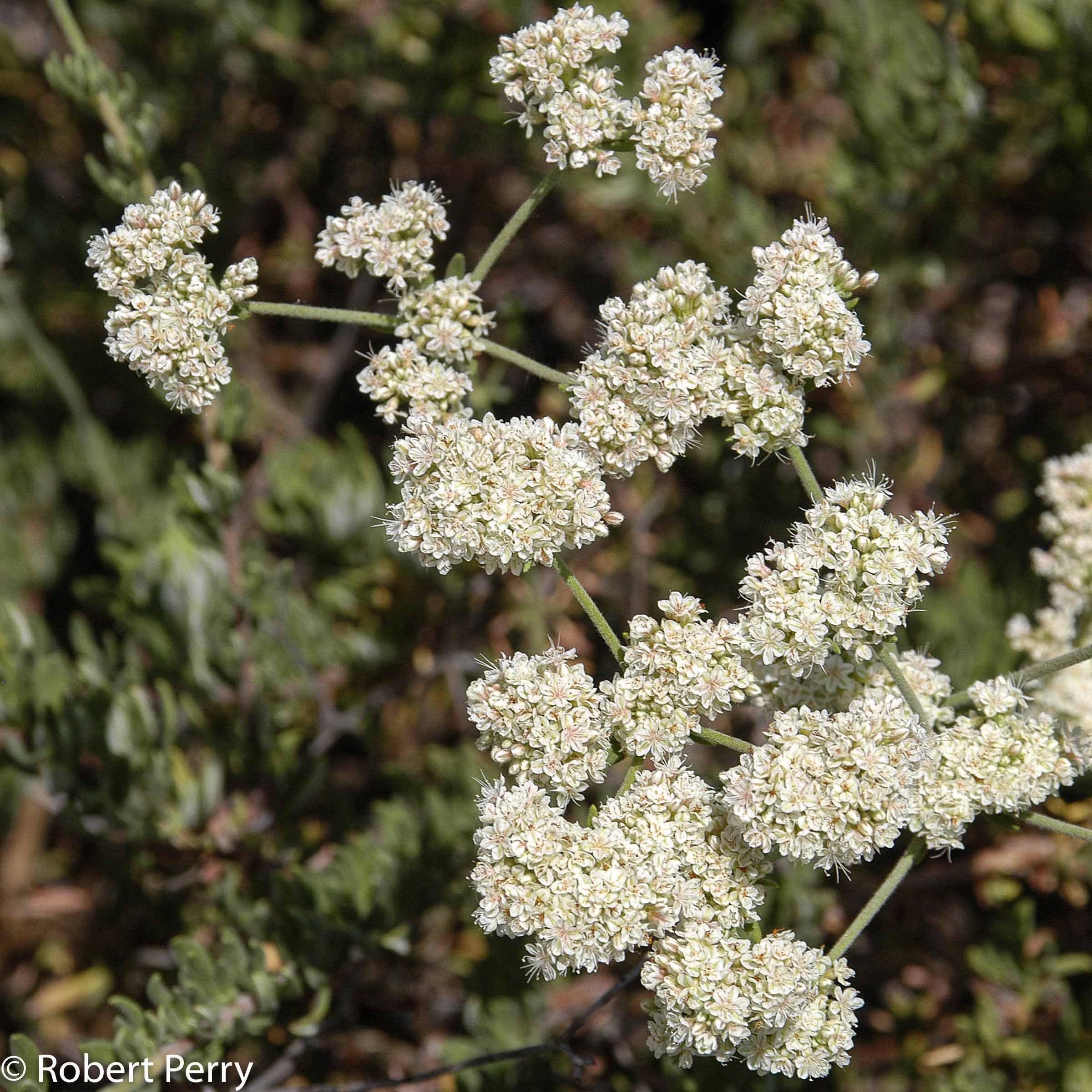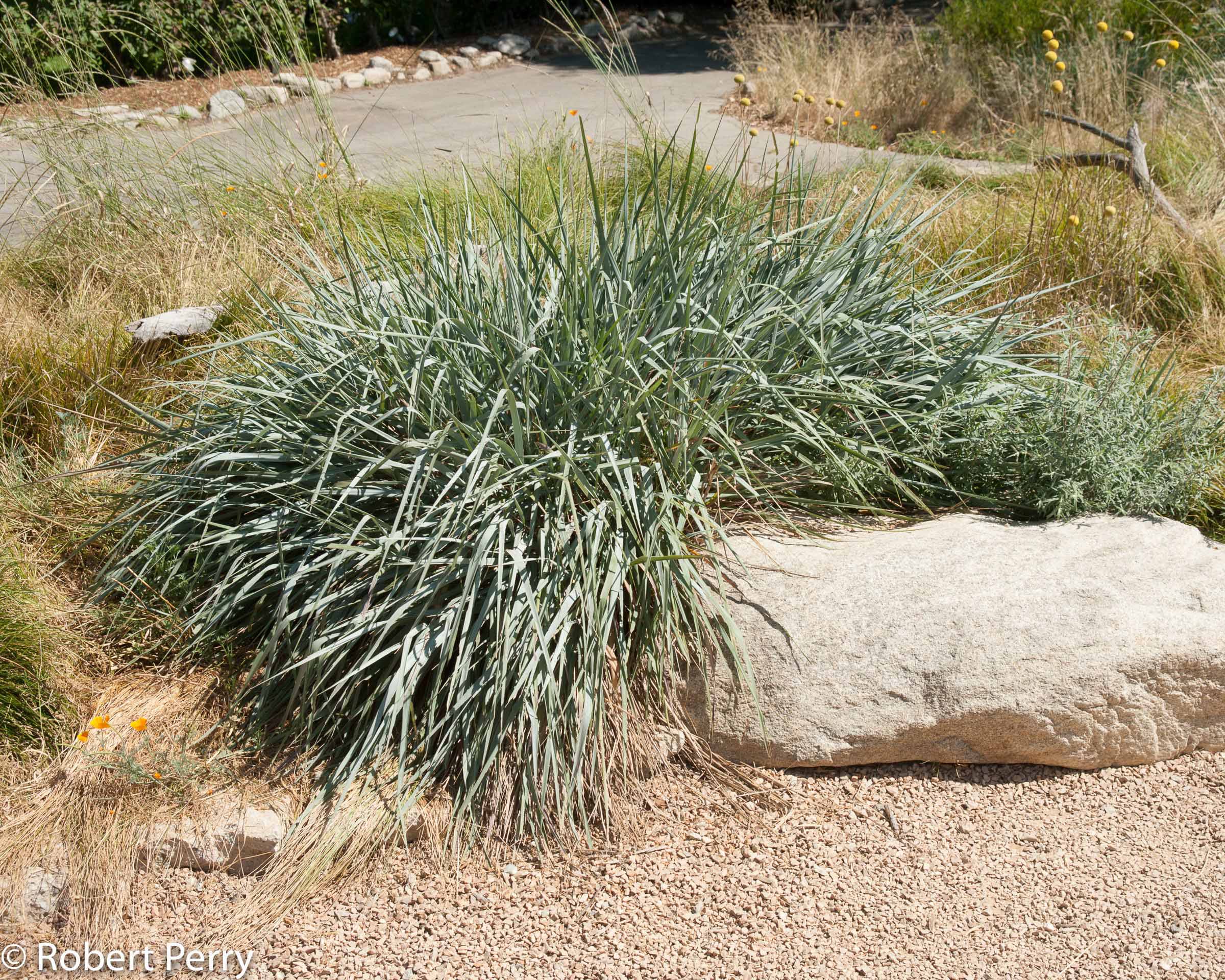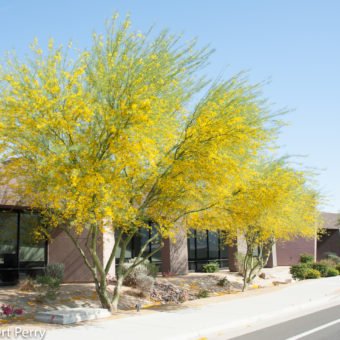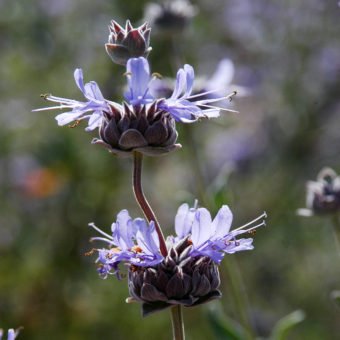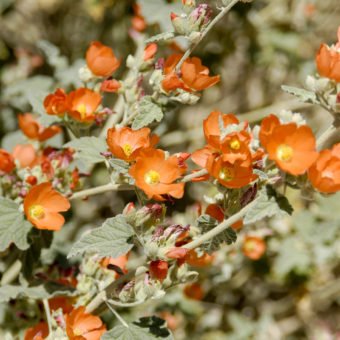Pollinator Garden
The Pollinator Garden is a coordinated collection of California native plants focused on providing pollen and nectar for native bees and other pollinators throughout most of the year. With a long bloom season, this plant palette also provides beauty and color to enjoy in the garden every day.
Design plans




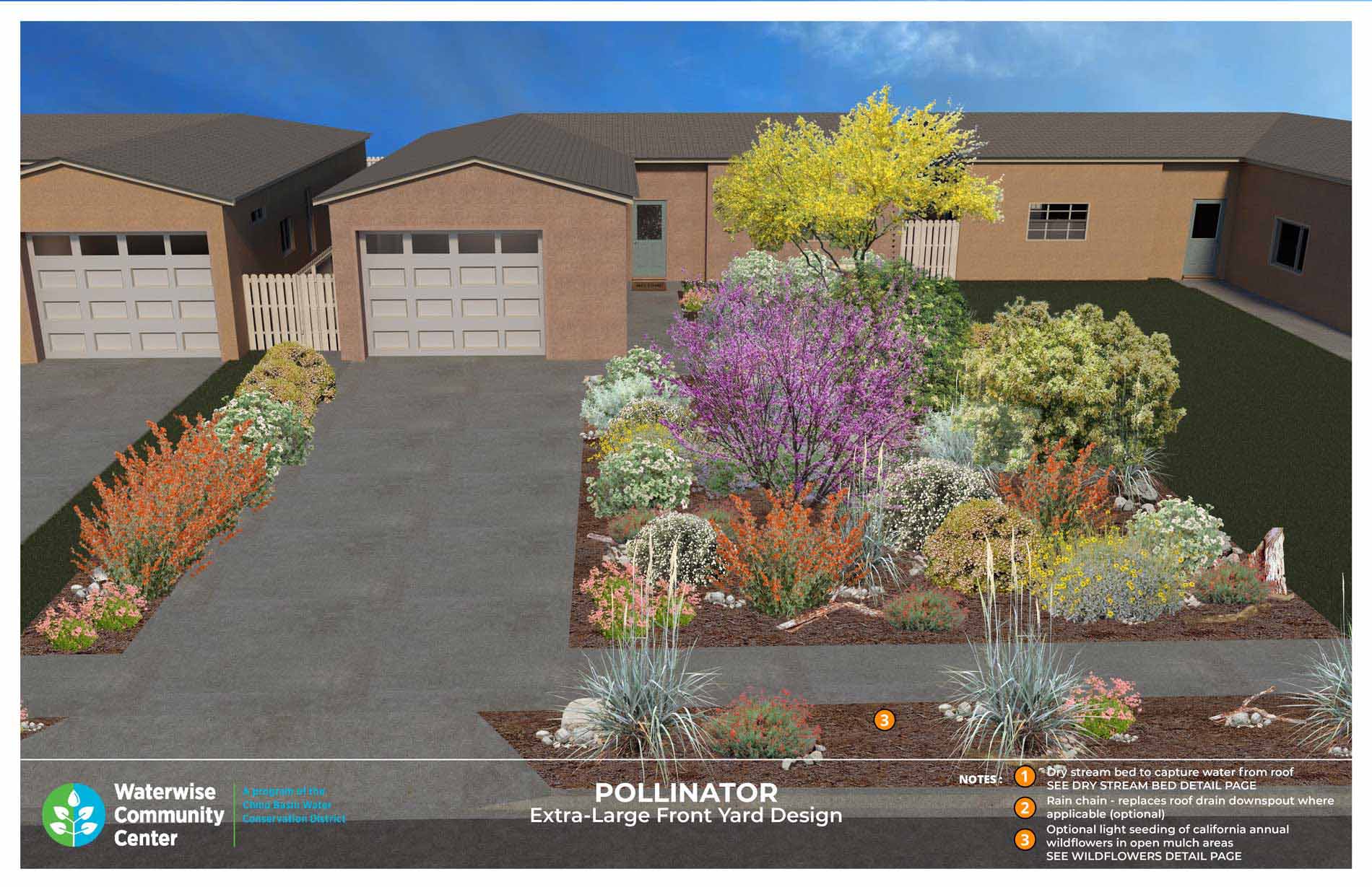







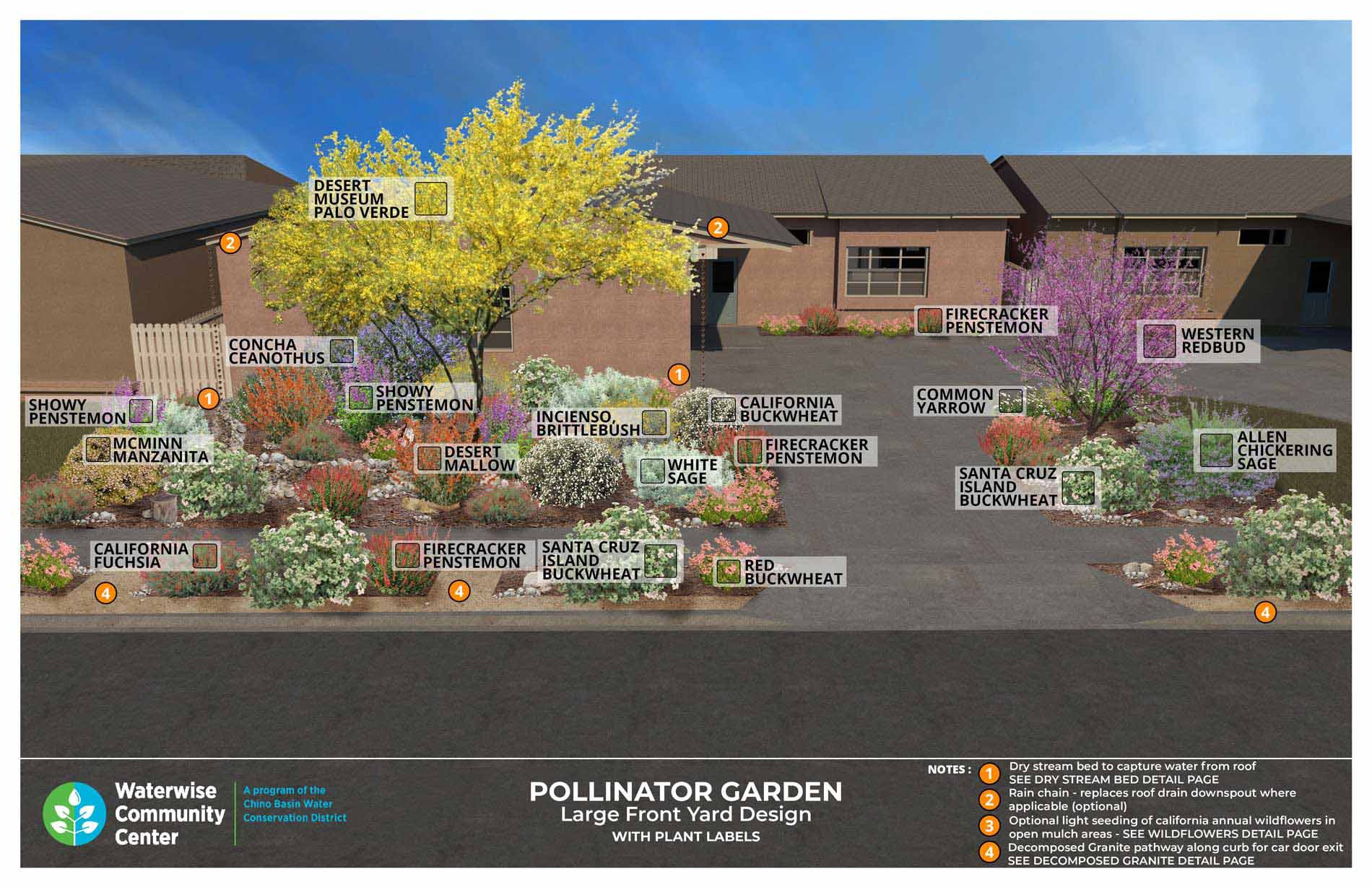



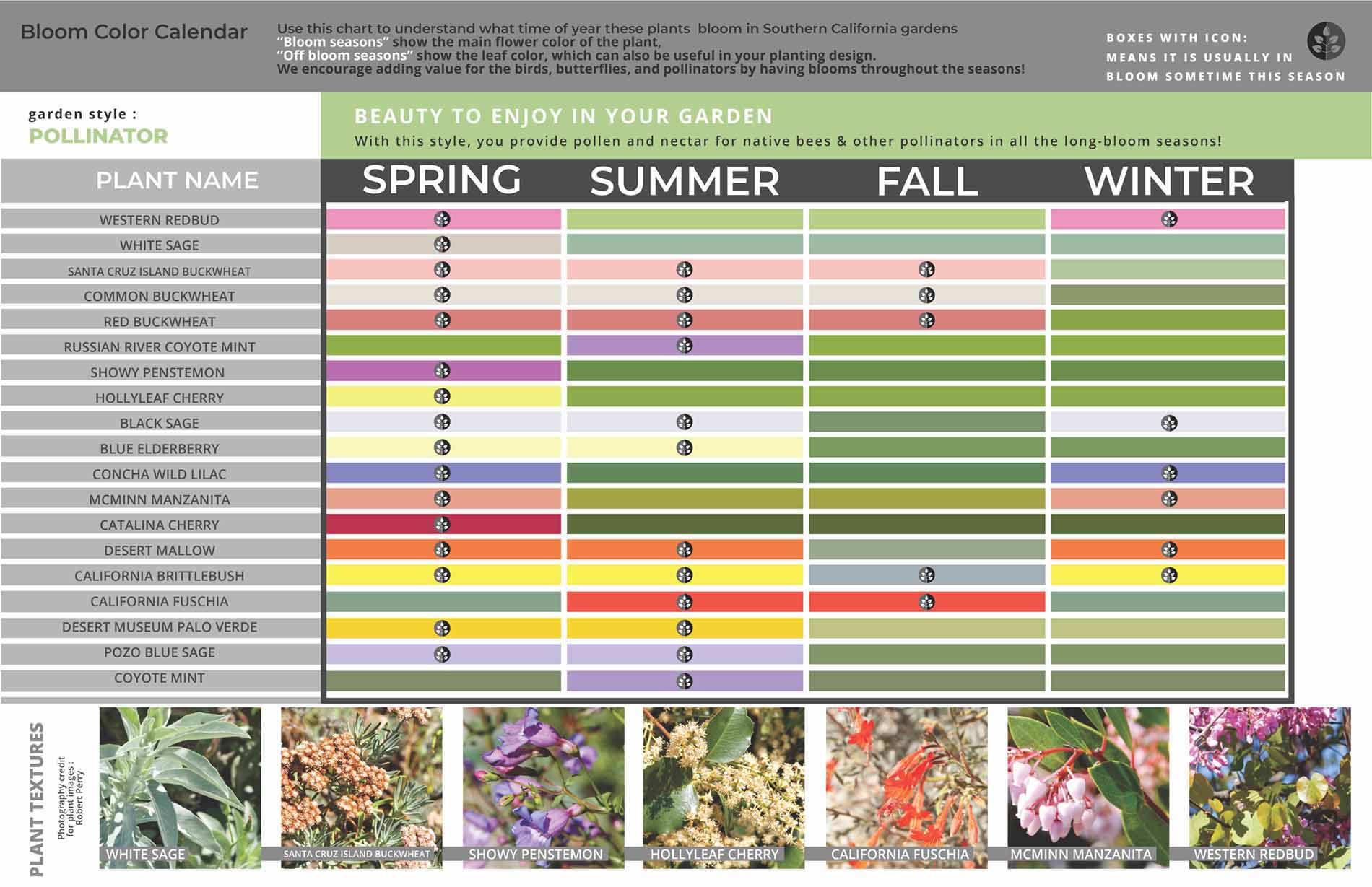











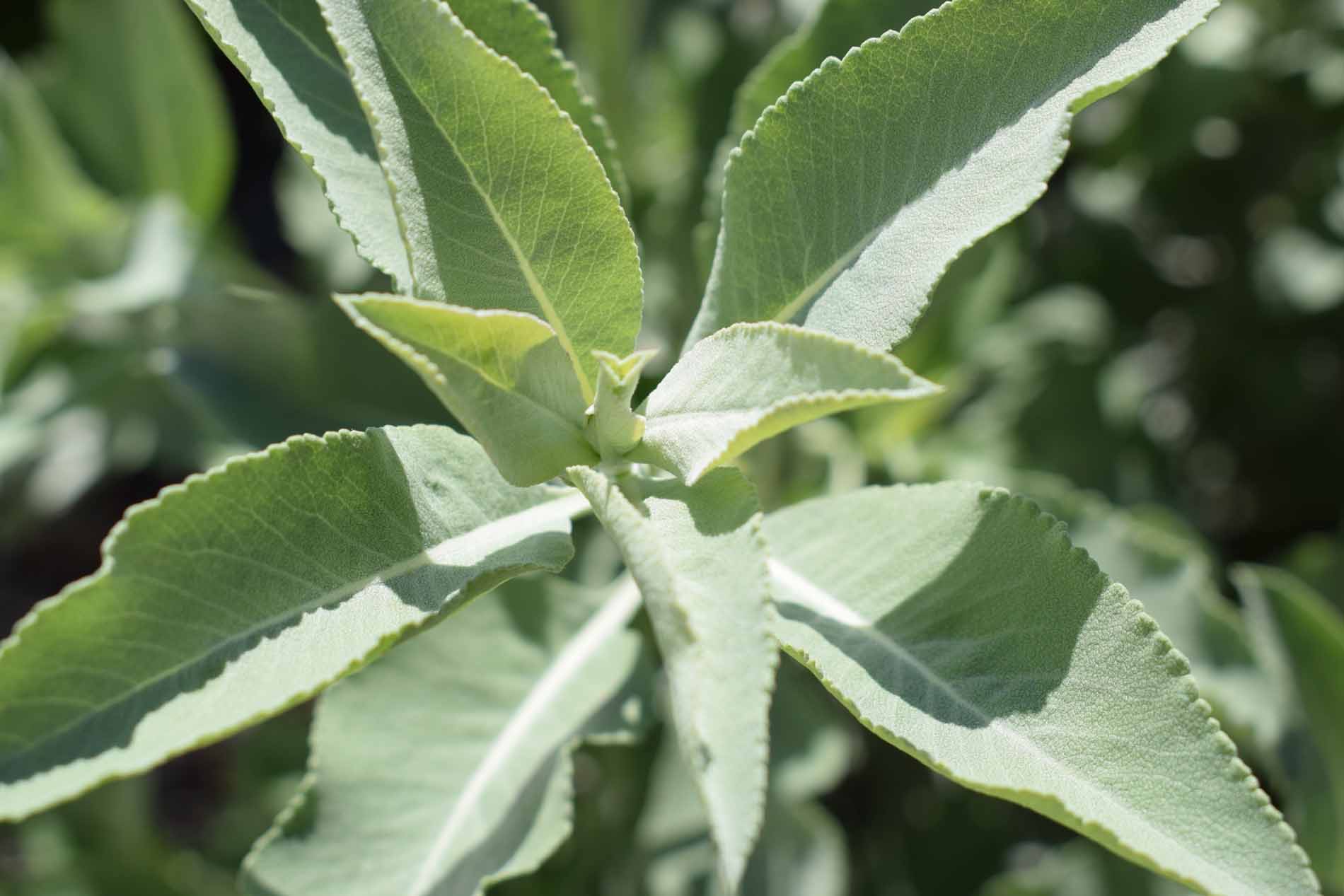





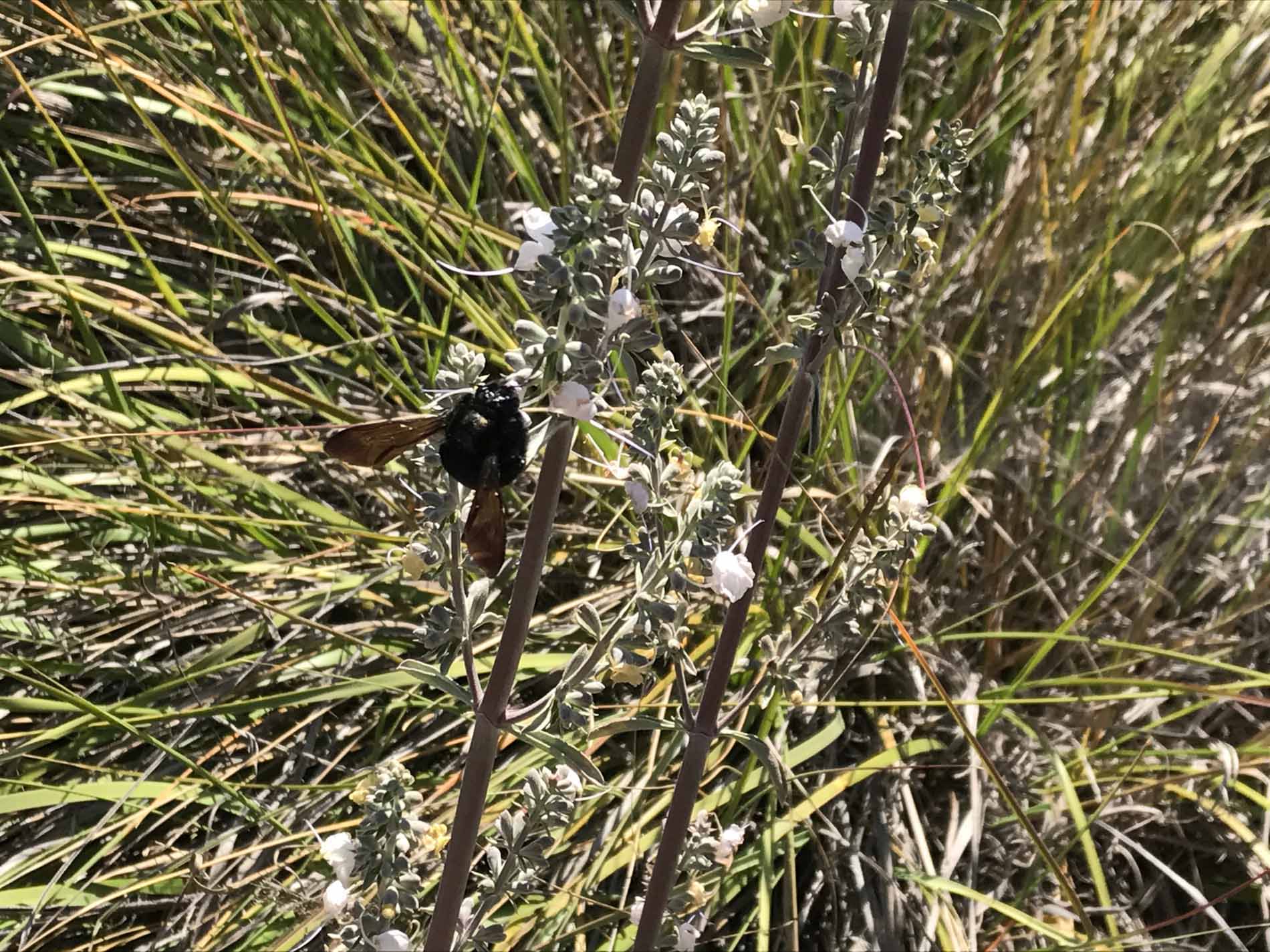







Important note: If you live in a fire hazard or wildland-urban interface area, it’s crucial to follow wildfire resilient landscaping practices. These templates offer general inspiration, but they show plant spacing that’s too dense and too close to the house for high fire hazard areas. You can adjust the designs to include wider spacing and lower plant densities, as recommended for fire zones. Be sure to check with your local fire agency before designing or renovating your landscape. Another helpful resource is the Sustainable Defensible Space website.
Description
For maximum use by native pollinators, locate pollinator-focused plantings in full sun, which is preferred by native bees, who are most active in warm conditions. Be sure to leave at least some soil un-mulched, because many native pollinators create their nests in open soil. For maximum pollinator support, leave some logs and/or branches around the planting, because other native bees will make their nests in old dry wood. Be careful with this last part if you live in an area with fire concerns.
Termites may also be attracted to old dry wood, but neither I nor any of the other habitat gardeners I know have had an issue with this. If you are concerned, feel free to either omit the old wood from your landscape, or keep a close eye on things.
This plant palette is available as an option for the Waterwise Community Center’s Landscape Design Assistance Program. Visit cbwcd.org/design for more details.
Horticultural preferences
The plants in the Pollinator Garden palette are easy to grow and are adapted to a wide range of soils, from sand to clay. Most of the plants require full sun, which means six or more hours of direct sunlight throughout the year. Part shade areas can utilize some of the plants in the group, so check the exposure requirements of each plant if you are planting in part shade. North facing areas, up against houses and garages, will be shady much of the year, and full sun in the summer months. For these situations, McMinn manzanita, desert mint, red buckwheat, showy penstemon, and hummingbird sage will be particularly useful. Additional plants that can be added for shady or north-facing areas include yarrow and California strawberry.
The plants in this palette are easy to care for and generally do not require any pruning more than once or twice per year to keep them looking great in the garden, but it is important to do that at the right time of year for each plant. Refer to the “maintenance” entry for each individual plant.
Aesthetic character
The Pollinator garden provides a variety of flower and leaf colors and textures through a large portion of the year. While this palette focuses on providing resources, including nectar and pollen, to pollinators, this results in a long season of color for us humans to enjoy as well. Consider contrasting leaf color, leaf shape, and plant form in your design, and setting up views that layer trees and larger shrubs behind medium sized shrubs, behind the lower perennials from the main views from which you will look at your landscape.
Moisture needs
Low water Use Plants – Irrigation Schedule 1
| Jan* | Feb* | Mar* | Apr | May | Jun | Jul | Aug | Sep | Oct | Nov* | Dec* | |
|---|---|---|---|---|---|---|---|---|---|---|---|---|
| Runs per Month | 0x to 2x | 0x to 2x | 0x to 2x | 1x | 1x | 1x | 1x | 1x | 1x | 1x | 0x to 2x | 0x to 2x |
| Inches per Run | 1″ | 1″ | 1″ | 1″ | 1″ | 1″ | 1″ | 1″ | 1″ | 1″ | 1″ | 1″ |
| Inches per Month | 0″ to 2″ | 0″ to 2″ | 0″ to 2″ | 1″ | 1″ | 1″ | 1″ | 1″ | 1″ | 1″ | 0″ to 2″ | 0″ to 2″ |
Range of supplemental summer water: 7"
Range of supplemental winter water: 0"-10"
0″-2″ |
0″-2″ |
0″-2″ |
1″ |
1″ |
1″ |
1″ |
1″ |
1″ |
0″-2″ |
0″-2″ |
0″-2″ |
|
| Jan* | Feb* | Mar* | Apr | May | Jun | Jul | Aug | Sep | Oct | Nov* | Dec* |
For more information on how to use this Irrigation Schedule and Graph, follow this link.
For information how to calculate your irrigation system’s schedule and precipitation rate, please follow this link.




